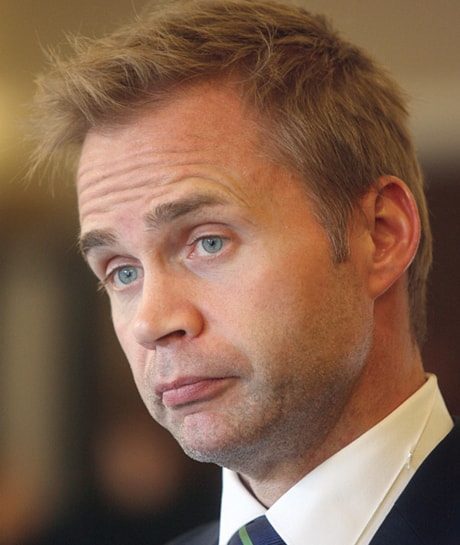If you had to pick the economic region in Alberta with the greatest percentage jump in population between 2003 and 2008, Calgary or the oilsands-rich Wood Buffalo-Cold Lake area might spring to mind.
With increases of 16 and 14.6 per cent respectively, both would be good guesses — but incorrect.
In fact, our region topped the province in growth during this five-year period, with a 16.8 per cent boost to its population base.
This feat was highlighted by ATB Financial in an economic comment Tuesday. Author Todd Hirsch, the Crown corporation’s senior economist, pointed to the “tremendous expansion of manufacturing, growth in oil and gas field service activity, and gains in retail and personal services in Central Alberta” in the achievement.
Reached by phone on Wednesday, Hirsch acknowledged that energy has been the key to the region’s prosperity.
Given the slowdown in oil and gas activity since 2008, Central Alberta’s population growth has likely flattened out, he said.
“We do know that the unemployment rate in the Red Deer region has risen more rapidly than it has in other parts of the province,” observed Hirsch, adding that the young males who gravitate to manufacturing and energy service jobs tend to be mobile.
Current low natural gas prices are an issue, but so is increased production of shale gas outside the province.
“In my estimation, we’re not likely to see prices firming up too much,” said Hirsch. “They may temporarily over the winter because of the weather, but that’s not a structural change, that’s a temporary kind of blip.”
However, the Red Deer region still has a lot going for it, including its strategic location on the Edmonton-Calgary corridor and the many people who live and trade in the area, he said.
“It serves a much larger population throughout Central Alberta not related to oil and gas — and that’s agriculture.
“It’s still a good growth potential, even though we’re in a bit of a slump right now. I think even if 2009 is soft, Red Deer’s still well-positioned to be a growth leader in the years ahead.”
Opportunities could include coalbed methane and shale gas deposits here, suggested Hirsch.
“Red Deer’s going to do fine over the long run, but it won’t look like the boom that was powered by conventional gas drilling over the last five years.”
ATB Financial used data obtained from Alberta Finance and Enterprise to rank the province’s eight economic regions. After the Red Deer, Calgary and Wood Buffalo-Cold Lake regions, the next highest population growth was recorded by the Edmonton area, with a 13.2 per cent increase from 2003 to 2008. The Lethbridge-Medicine Hat region followed with a 10.5 per cent gain, with Athabasca-Grande Prairie next at 10.4 per cent, Banff-Jasper-Rocky Mountain House at 7.1 per cent, and Camrose-Drumheller at 6.3 per cent.
As of July 1, 2008, the number of people living in the Red Deer Region stood at nearly 191,000, according to the province’s statistics.
hrichards@www.reddeeradvocate.com
